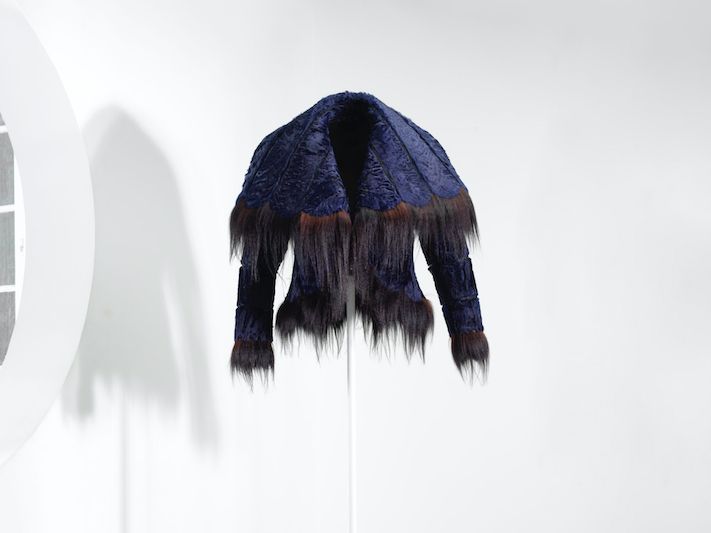until Sunday August 31 2025
Fondation Azzedine Alaïa
T : +33 (0)1 87 44 87 75
Rue de la Verrerie
75004 Paris
France
Contact
fondationazzedinealaia@2e-bureau.com
www.fondationazzedinealaia.org
Established in Paris in 1956, Azzedine Alaïa owes his training more to his female friends and customers than to any training school. He accompanies them in their desire for a demanding yet discreet wardrobe. A great couturier who has lost none of the closeness that a fitting or cutting session imposes, Azzedine has acquired the reputation of a great cutter heir to an academic tradition that places him in the direct line of Cristóbal Balenciaga or Madeleine Vionnet.
His expertise and technical virtuosity are coveted not only by the elegant women of the moment. Couturiers and fashion designers know they can count on him to refine certain complex designs or lend a hand on a collection that needs finishing. This was the case for Yves Saint Laurent. It was also the case with Thierry Mugler, whom Alaïa met in 1979 and with whom he forged a real friendship.
For his autumn-winter 1979-80 collection, Mugler invited Alaïa to design the series of tuxedos for his fashion show, and in the press kit that accompanied the presentation of his creations that season, he thanked him publicly. In the hands of the man who never wanted to transgress the laws of cut, powder-grain and satin trouser suits acquired a form of notability and fluidity that was much appreciated. This collaboration encouraged Alaïa to become a designer himself. Thierry Mugler strongly encouraged him, and his support proved both vital and unfailing. On Rue de Bellechasse, where Azzedine has set up his workshops, Mugler, always flanked by his bicycle, brings in the top fashion journalists. In 1982, at the request of the American department store Bergdorf Goodman, Alaïa presented a show in New York. It was Mugler who persuaded him to do so, Alaïa imagining that the invitation was a joke! The designer, friend and admirer, accompanied him, organized and built the show himself, answered and translated interviews, and supported his comrade in the smallest tasks, for which he was eternally grateful. In the summer, they spend their vacations together in Tunisia at the home of lifelong friend Latifa and Leila Menchari.
Companions for a decade that they preempted stylistically, Alaïa and Mugler freely let their influences influence each other's creations. In the 1980s, both divinized the woman, proclaiming the return of glamour in glory and Hollywood as their inspiration, a world away from the folkloric fashions of the 1970s. They shared a common silhouette where majestic shoulders contrasted with choked waists and blossoming hips, memories and fantasies of the fashions of the 1930s and 1950s and the couturiers Adrian, Jacques Fath, Christian Dior and Cristóbal Balenciaga in the lead.
United by “mutual love at first sight”, Mugler always showed the young couturier a preview of his collections. He even agreed that Zuleika, his lifelong muse, and Mirabelle, his no less regular collaborator, would marry into the Alaïa family and company, which he firmly supported in its development.
Contemporaries, friends, both deceased within six years of each other, the two designers showed deep respect for each other's careers throughout their lives. Their daywear and eveningwear echoed each other, dictating a four-handed fashion style that was the hallmark of contemporary fashions.
Azzedine Alaïa, the couturier and collector behind a vast and renowned fashion heritage, has preserved over 200 Thierry Mugler-branded creations, some 40 of which are exhibited here in dialogue with his own archives.




